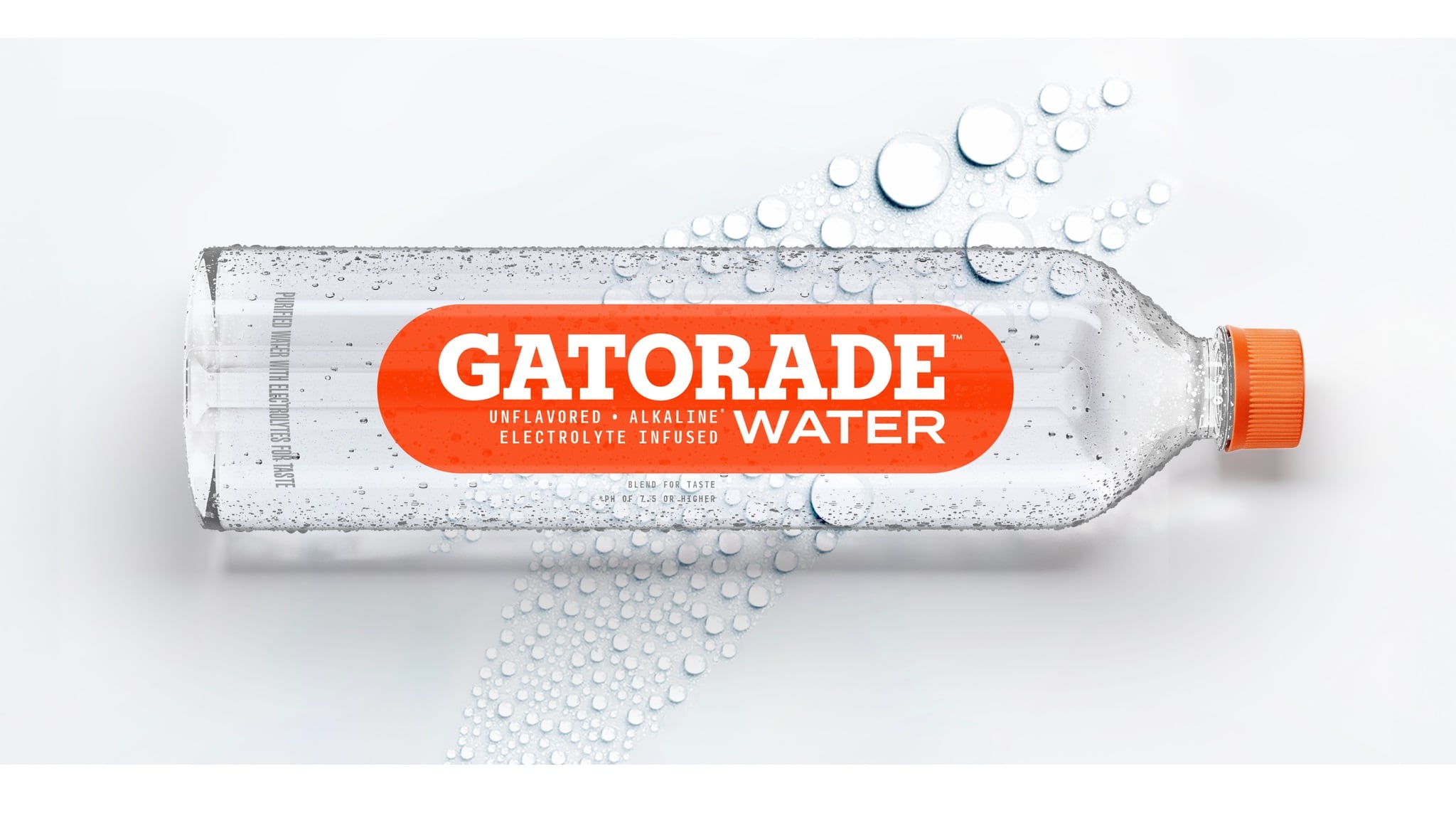How the Packaging and Packaging Waste Regulation (PPWR) affects the industry
In November 2022, the European Commission published its proposal to update the EU legislative framework for packaging and packaging waste and turn the Directive to a Regulation, that is, the Packaging and Packaging Waste Regulation (PPWR).
What this will mean in practice when the legislation enters into force is that it will be directly applicable in Member States as opposed to the enforcement of EU directives, which must be transposed into national legislation with each Member State having the flexibility to amend them to fit the national context.
The proposed PPWR aims to contribute to the EU's growth strategy for a modern, resource-efficient, clean, and competitive economy with no net emissions of greenhouse gases by 2050 and with economic growth decoupled from resource use. To this end, it aims to introduce stricter rules on a number of issues including, reduction, reuse, and recycling of packaging and related waste. In addition, the PPWR suggests new targets on packaging design and composition to promote packaging minimisation and sets out new rules on labelling and composition to reinforce recyclability.
While some of the objectives set out in the PPWR will facilitate the industry’s efforts to accelerate its transition towards sustainability, stakeholders have raised concerns about the feasibility of implementation of other rules. They have also stressed the need for the Commission to ensure the legislation will not lead to additional economic burdens for the industry and its consumers and will not compromise food safety standards.
The European Specialist Sports Nutrition Alliance (ESSNA) has stressed that the recyclability targets introduced by the proposal are in line with ESSNA’s objectives, as its members are currently looking into alternatives to plastic packaging, such as biobased, biodegradable, and compostable plastic and some ESSNA members have already made changes to ensure up to 90% of the packaging components they use are recyclable.
Yet, as ESSNA has argued, the industry continues to encounter difficulties in gaining access to secondary raw materials due to their limited availability and high costs. The association has also called on the Commission to support the sector and invest in recycling technologies for hard-to-recycle materials, such as triple laminate films, as many sports foods are often packaged in such materials.
Regarding the reuse targets for non-alcoholic beverage containers, the Commission needs to consider SMEs – the largest share of the sports drinks segment – which need to create the required infrastructure. ESSNA has warned that the development of adequate systems would create high costs for the sector. Also, when it comes to the deposit return systems for single-use plastic bottles and aluminium cans, the creation of cost-effective and streamlined infrastructure, such as dedicated pick-up points, is essential, especially for online retailers and SMEs, to allow products to be returned effectively and avoid additional costs for the industry and increase in prices.
ESSNA also urged the Commission to consider the environmental consequences, such as carbon emissions, associated with the return of beverage containers and make sure that any reuse targets will not have a negative impact on the hygiene and safety of sports and active nutrition products.
The latest policy developments
Over the last few months, we’ve seen a number of policy developments regarding the PPWR. In the European Parliament, several Committees have recently adopted their position on the legislation. Following the reports from the Committees on Industry, Research and Energy (ITRE) and Agriculture and Rural Development (AGRI) in April and the Internal Market and Consumer Protection (IMCO) Committee in July, the Committee on the Environment, Public Health and Food Safety (ENVI) published its position last month, supporting more relaxed reuse ambitions than those included in the Commission’s original proposal.
For instance, ENVI proposes that reusable packaging fulfils a number of criteria, including a minimum number of times it can be reused which will need to be defined at a later stage through delegated acts. The report also distinguishes and clarifies the requirements for packaging to be reused or refilled. Policymakers in the ENVI Committee also address the issue of “forever chemicals” that are linked to adverse health effects, suggesting banning their intentional use in food contact packaging. The report is also in favour of extra measures with regards to a series of issues, including recyclable packaging, separate collection, and extended producer responsibility obligations for online service providers.
Also, in September, the Spanish Council Presidency’s position on the Packaging and Packaging Waste Regulation (PPWR) was leaked. The position reflects concerns that the Commission might inadvertently encourage businesses to opt for lighter packaging materials in response to waste reduction targets. Spain’s position proposes the delay of certain packaging restrictions to ensure the uptake of plastics will effectively be reduced and the industry will use more sustainable and heavier packaging, such as glass. Spain also wants the introduction of a ban on incineration and landfill disposal for recyclable packaging.
Other Member States also have expressed concerns about the current proposal and are asking the EU to give Member States more flexibility in the implementation of the objectives set in the proposal and enable them to preserve national regulations already in place.
With Member States’ final position expected before the end of the year and the European Parliament’s position scheduled for publication on 20th November, now is the best time for the industry to engage with the regulatory process to secure fit-for-purpose legislation. Business stakeholders interested in influencing the PPWR and staying on top of all policy and regulatory developments affecting the sports and active nutrition sector can get in touch with ESSNA via info@essna.com
Luca Bucchini is the Chairman of the European Specialist Sports Nutrition Alliance (ESSNA), the trade association representing the interests of the sport and active nutrition sector across Europe. ESSNA works to secure appropriate and proportionate European legislation on sports and active nutrition products and is in close dialogue with a wide variety of stakeholders, such as policymakers and senior officials in the relevant bodies, to do this. More information on ESSNA is available here.




